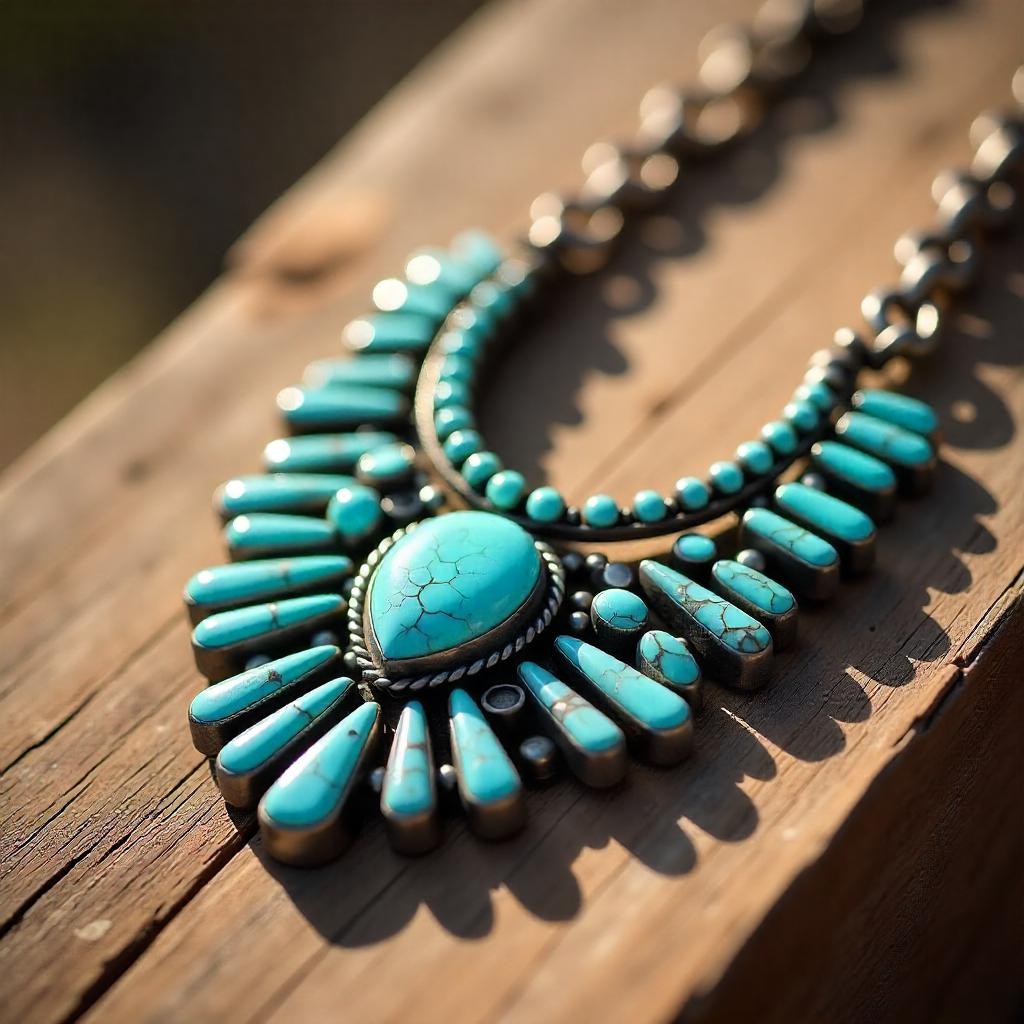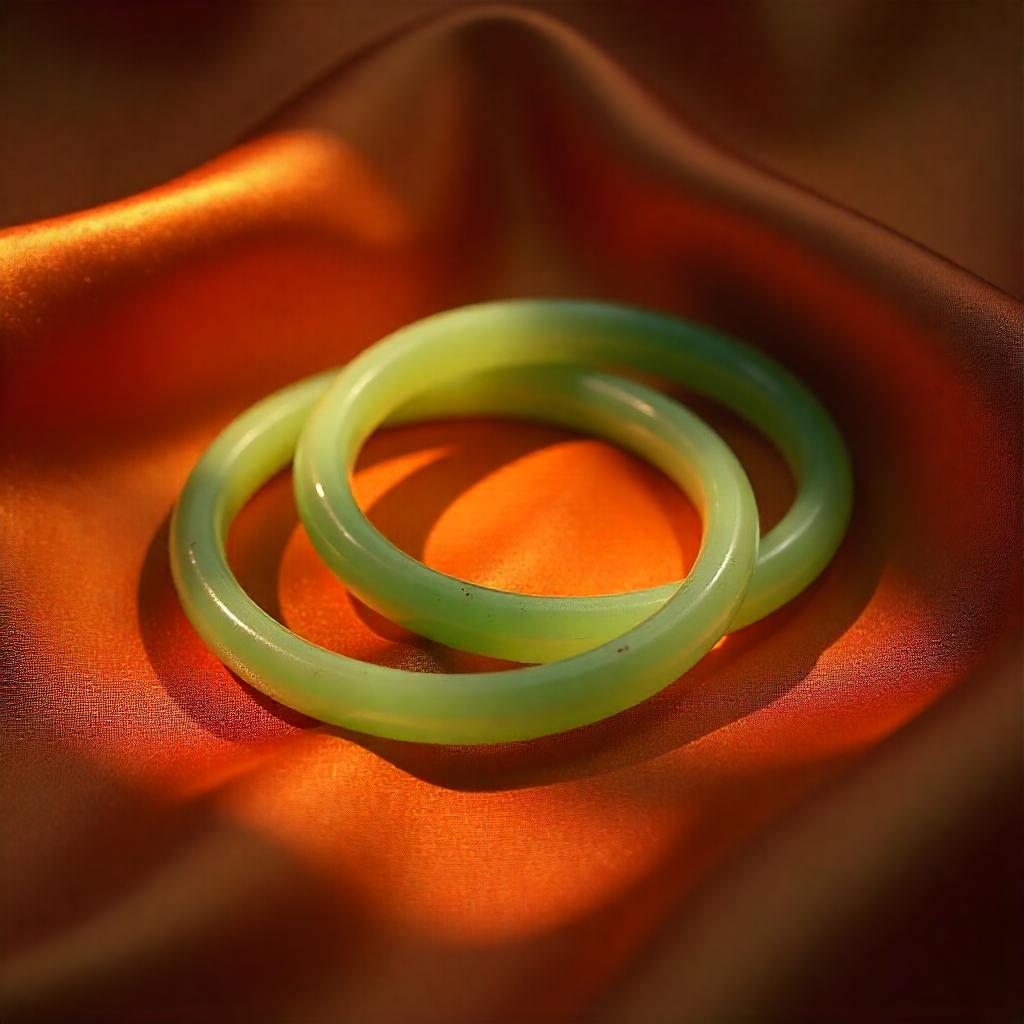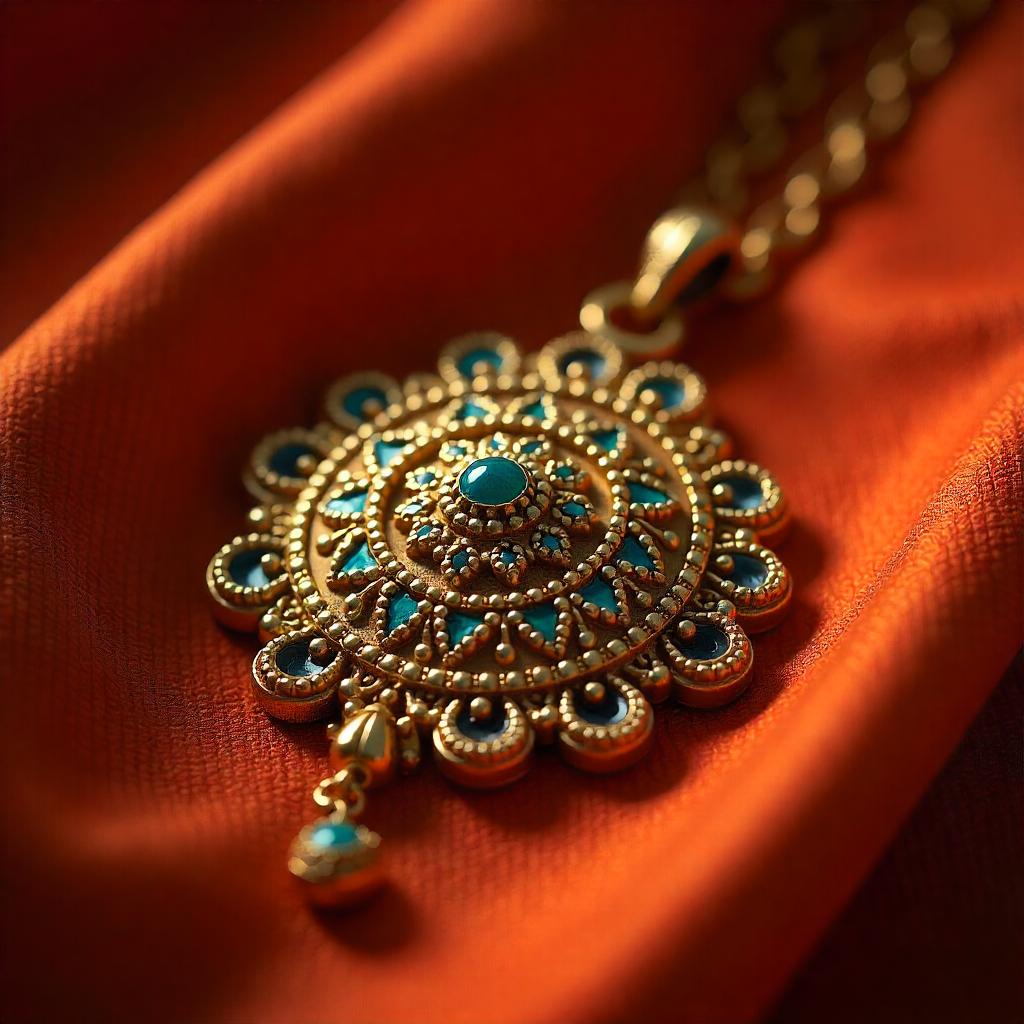A Universal Language of Adornment
Jewellery has been a part of human culture for thousands of years, transcending borders and connecting generations. Each culture brings unique symbolism, techniques, and materials to their jewellery traditions—turning these pieces into stories, identities, and legacies.

India: Symbolism in Gold
In Indian culture, jewellery is deeply intertwined with spirituality, status, and celebration. Gold holds special significance, symbolizing purity, wealth, and blessings. Bridal jewellery like mangalsutra necklaces and nose rings represent marital status, while bangles and anklets express beauty and femininity.
West Africa: Beaded Beauty and Heritage
Across West Africa, beads are a powerful form of expression. In Ghana, Krobo beads are crafted using ancient techniques, representing wealth, status, and family legacy. Beads are worn at ceremonies, marking milestones like birth, marriage, and coming-of-age.
Middle East: Protection and Elegance
Middle Eastern jewellery often blends opulence with spirituality. The evil eye motif is widespread, believed to ward off negativity, while intricate gold filigree and enamel work showcase exceptional craftsmanship. Pieces are often passed down as heirlooms, connecting generations.
Native American: Symbolism in Silver and Turquoise
Native American tribes, especially the Navajo, Hopi, and Zuni, are known for intricate silverwork combined with turquoise. These pieces symbolize protection, healing, and connection to the land. Each stone and design tells a story of tradition and identity.
Japan: Minimalism and Nature-Inspired Designs
Japanese jewellery often reflects harmony, simplicity, and a deep respect for nature. Pearls and delicate motifs like cherry blossoms and waves are common, blending elegance with symbolism.
Italy: Artistry in Gold
Italy is synonymous with fine gold jewellery, from intricate chains in Vicenza to coral carvings in Torre del Greco. Italian designs balance timeless craftsmanship with bold style—celebrating family, love, and personal expression.
South America: Incan and Andean Legacies
In regions like Peru, ancient Incan motifs like suns, animals, and geometric patterns are preserved in modern jewellery. These designs often represent fertility, protection, and reverence for the earth.
China: Symbols of Prosperity and Longevity
Chinese jewellery often features motifs like dragons, phoenixes, and peaches—symbols of power, luck, and immortality. Jade holds particular significance, representing purity, health, and protection.
Europe: Timeless Elegance and Royal Influence
European jewellery traditions range from the intricate enamel and gemstone pieces of the Renaissance to the modern minimalism of Scandinavian design. Many cultures, like the British, incorporate family crests and heraldic symbols into their jewellery.

Conclusion: Stories Woven in Metal and Stone
From protective amulets to status symbols, jewellery traditions from around the world are a rich tapestry of culture, meaning, and artistry. By wearing or learning about these pieces, we celebrate global heritage and the timeless human connection to adornment.





